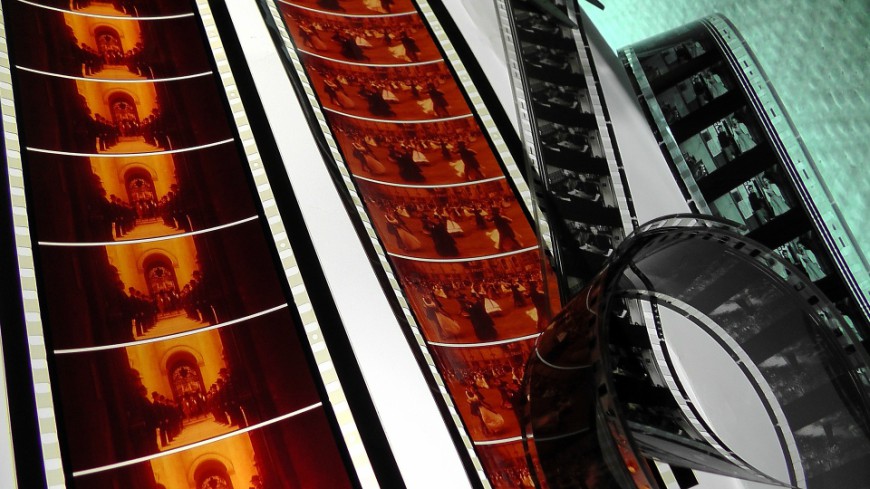Europe’s film and TV archives are treasure chests of our audiovisual memory. They contain invaluable works of cultural heritage, but also help copyright owners to establish proof of ownership in case of doubt. But what does the regulatory framework around depositing audiovisual works in Europe’s archives actually stipulate? How do the ‘deposit systems’ function on a European and national level? The European Audiovisual Observatory, part of the Council of Europe in Strasbourg, has teamed up with the Intellectual Property Office of the European Union (EUIPO) to produce this IRIS Plus report: Deposit Systems for Audiovisual Works.
Chapter one investigates the origins of the practice of depositing copyright-protected works. The various different types and characteristics of deposit systems throughout Europe are described: public or private, for example, or mandatory or voluntary/contractual deposit. This chapter also explores the challenges related to digital storage of audiovisual works such as image degradation or out-dated formats and the need to copy to modern technology.
Chapter two outlines the international and European legal framework concerning legal and voluntary deposits systems for preservation purposes and for facilitating the enforcement of intellectual property rights. The authors describe the common legal background of the different deposit systems. The range of conventions already in force,as well as EU policy measures to protect our audiovisual heritage are also analysed.
Chapter three zooms in on national deposit systems and provides invaluable country fact sheets for 12 EU member states: Belgium, France, Germany, Hungary, Italy, Lithuania, Luxembourg, Netherlands, Portugal, Romania, Sweden and UK. This analysis is based on a stakeholder survey carried out by the EUIPO. The survey covers deposit systems which aim at both preserving cultural heritage and facilitating the enforcement of intellectual property rights.
Chapter four steps back to outline the main pan-European initiatives that have been put in place by the industry. The various branches of the content producing industries as well as collective management organisations clearly have an interest in both the preservation of works and the enforcement of intellectual property rights. This has resulted in the creation of various umbrella organisations concerned with the voluntary deposit of creative works for copyright enforcement purposes, analysed in this chapter.
Chapter five looks at selected case-law of national courts concerning proof of authorship or ownership of rights. The appropriate deposit systems are clearly relevant in such cases.
Chapter six closes this report with an overview of the most recent initiatives at European level in this domain. The Council of Europe has, for example, recently made very concrete recommendations concerning the digitisation, preservation and making available of Europe’s audiovisual cultural heritage. As far as EU law is concerned, the new copyright directive, should it be adopted, will give film and TV archives greater scope to make copies of the material they hold for the purposes of conservation.
Deposit Systems for Audiovisual Works – find out how Europe’s deposit systems are safeguarding our film and video content!

